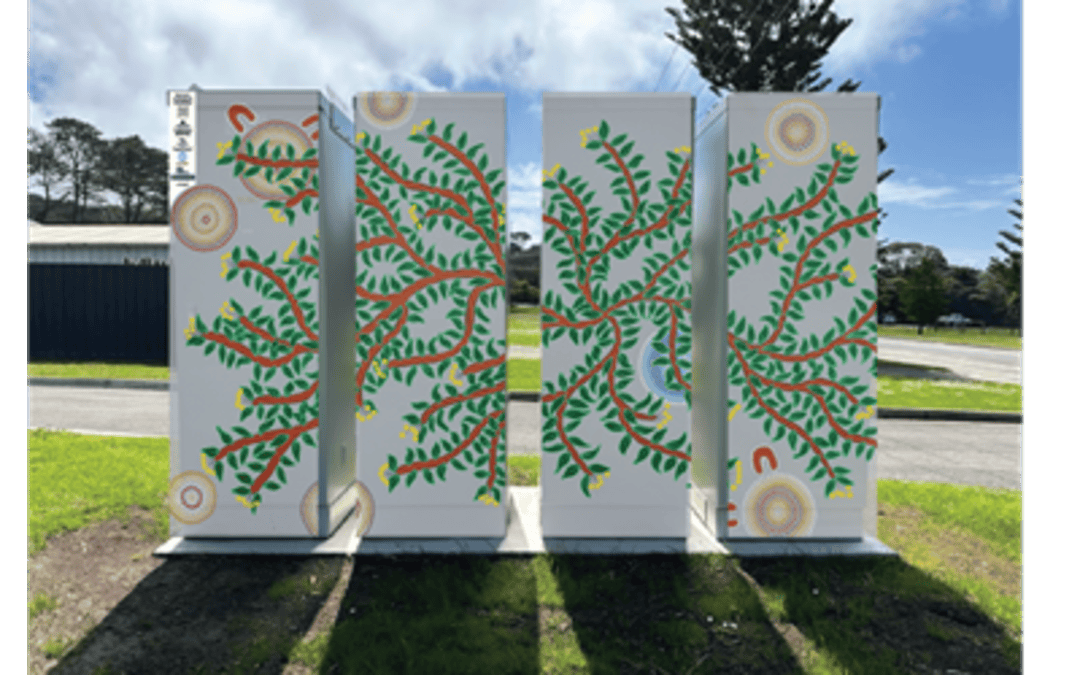Storage is now the issue, not generation of energy

Energy storage is the new frontier for the achievement of energy independence in Australia.
With 4 million households and businesses sporting rooftop solar, and 4 million more projected to do so
in the next few years, energy generation is no longer the issue. Energy storage – including home
batteries, medium-size community batteries and grid-scale batteries are a necessity for affordable
power and reliable energy. But without proper storage, much of this clean energy could go to waste.
How energy storage works
These batteries receive surplus solar during the day, store it and discharge it during the evening or
at times of peak demand brought about by events such as very hot days when the grid cannot
cope with demand and there is a risk of, or actual, blackouts. Batteries with their
inherent flexibility stabilise the grid at times of peak demand and offset the inflexible, centralised
system we currently have, as well as reduce our reliance on coal power.
Why storage is essential
Without adequate energy storage, renewables cannot be used to their optimum. With so much investment in renewables this is a waste, if not a crime. Thankfully there is plenty of enthusiasm to fix this from individuals, communities and some governments including Federal and some of the States, who are prepared to invest in storage.
Batteries also offset the problem of low energy generation (lack of sun or wind for example) that
happen from time to time with renewables.The grid relies on predictable inputs to balance supply
and demand and this can’t be guaranteed by generation of renewables alone, but it can when you
add storage and distribution at appropriate times, to the mix. By adding storage, a mini-grid is
effectively created to service the energy needs of a particular community.
Australia’s renewable energy goals
In 2024 about 40% of Australia’s energy was produced from renewables. The current Federal
government’s aim is that by 2030 this will have risen to 82%. (The other 18% would be derived
from fossil fuels to service industries such as the alumina industry which require high
temperatures to smelt their raw materials.) With fossil fuels being a depleting resource, this alone
is good reason to advance renewables and their storage, saving fossil fuels for essential
industries until an alternative can be found. This 82% whether achieved in full or not by 2030,
requires storage to maximise efficiency, stabilise the grid and give consumers the lowest possible
price for the energy they consume. Storage has lagged well behind generation. It’s a bit like cars
being manufactured well before anyone thought of building garages in which to house them.
Lower costs and energy independence
Renewables facilitate lower energy prices. Including the cost of storage and new power lines, the
most affordable electricity generators to build in Australia, according to the CSIRO, are renewable
energy generators. These lower costs reduce the wholesale price of electricity and therefore our electricity bills. Cost of living pressures are strongly influenced by a reduction in the costs of
maintaining generators and building infrastructure such as power lines and storage facilities. The
Australian Energy Market Operator (AEMO) agrees saying that ‘renewable energy records being
set … is key in driving down prices’.
Energy independence allows communities to control their own energy and not be subjected to
forces beyond their control, inherent in an inflexible, centralised energy system. Storage through a
network of batteries is an essential component of this. Storage results in cheaper, reliable and
sustainable energy.
References:
https://www.climatecouncil.org.au/resources/battery-storage-batteries-decarbonising-australia-
cars-homes-grid-2/
https://www.csiro.au/en/news/All/Articles/2023/March/future-energy-storage
https://aemo.com.au/newsroom/media-release/high-temperatures-push-ele
Written by Robin Gale-Baker
